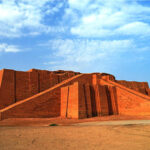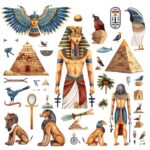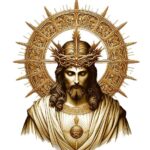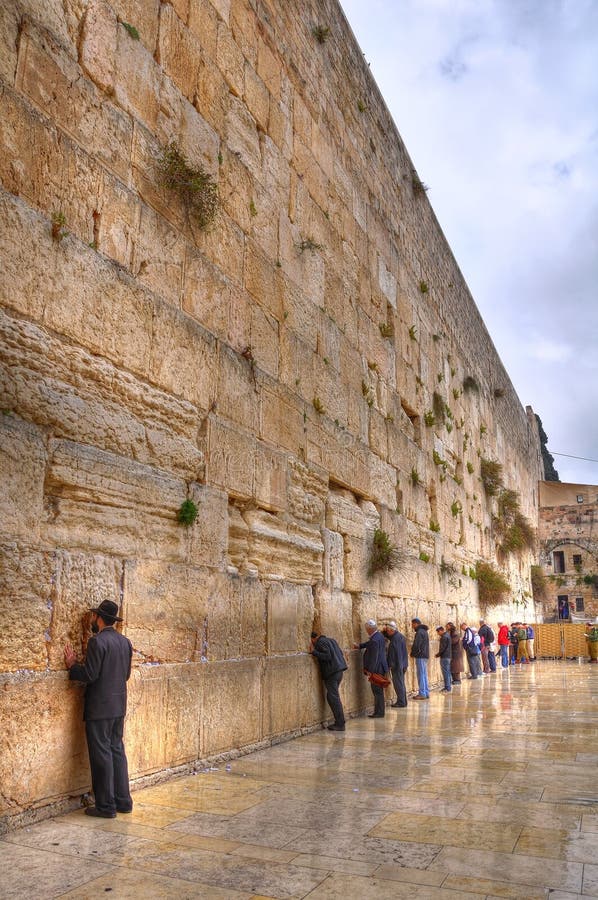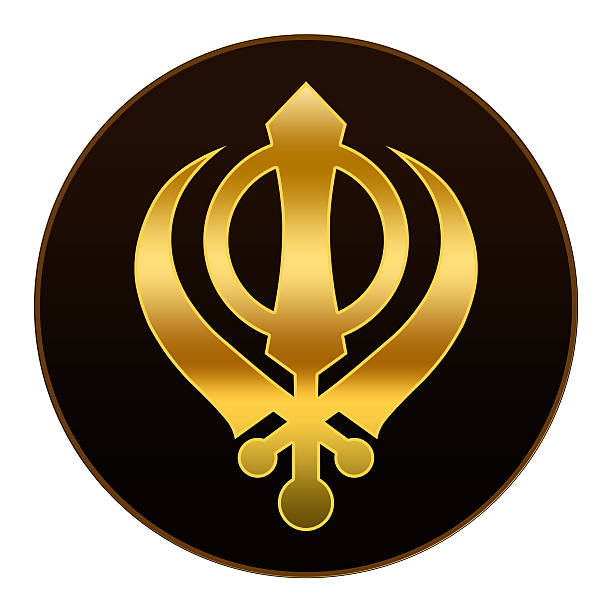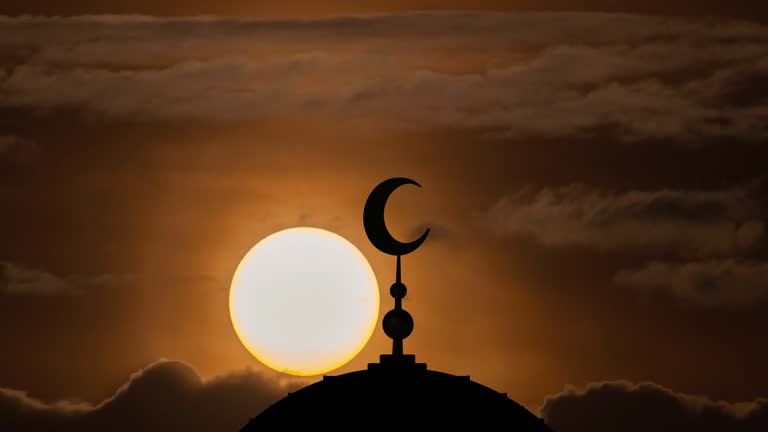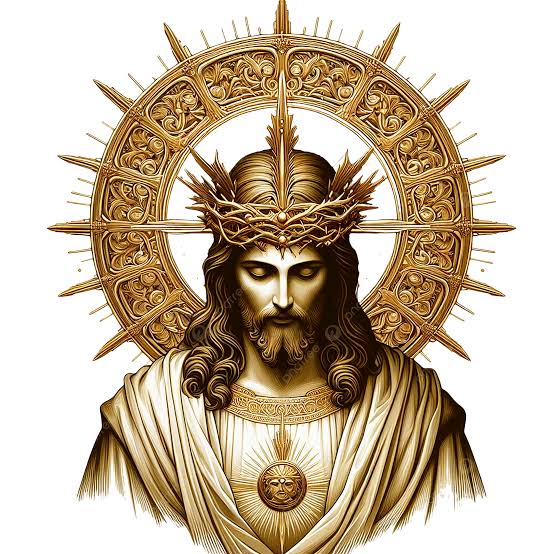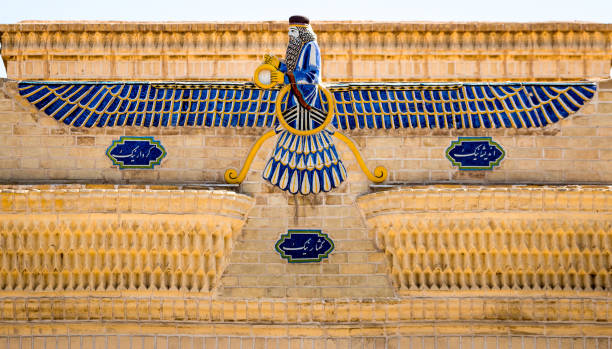Judaism falls under the category of Semitic religion. It was founded on the principles established by its prophet’s ancestor, Abraham. Abraham had two sons, Ishmael and Isaac. From the descendants of Ishmael, hazrat Muhammad (s.a.w) was born. From the descendants of Isaac, Moses was born. Jacob is also called Israel. The Israelites had many prophets. Of the three main ones, one was Moses, the second was David, and the third was Jesus. They are called the Companions of the Book.
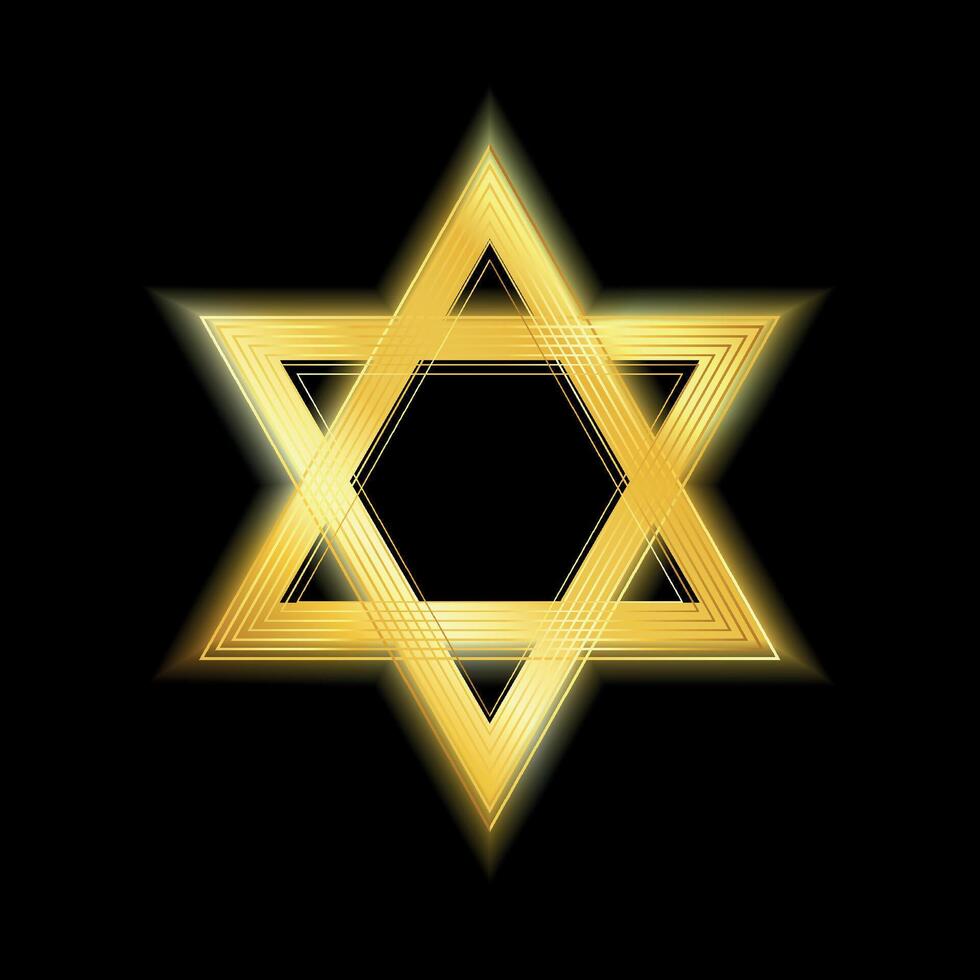
Moses laid the foundation of Judaism through the Torah. David taught through the Psalms, and Jesus taught through the Gospel. Moses was the founder of Judaism. The religion received its name from the name of God, “Jehovah.”
Political and Economic Background Before the Advent of Judaism
Historically, Judaism originated in Canaan. This area covers parts of present-day Palestine, Israel, Jordan, and Syria. The region connected with three major civilizations. Egyptian civilization lay to the south, Mesopotamia to the east, and Greece to the north. Each of these civilizations had its unique position in science, art, and trade. Clearly, these civilizations influenced Canaan.
To understand Judaism better, we must examine Egypt before Canaan. For example, Prophet Moses propagated Judaism from Egypt.
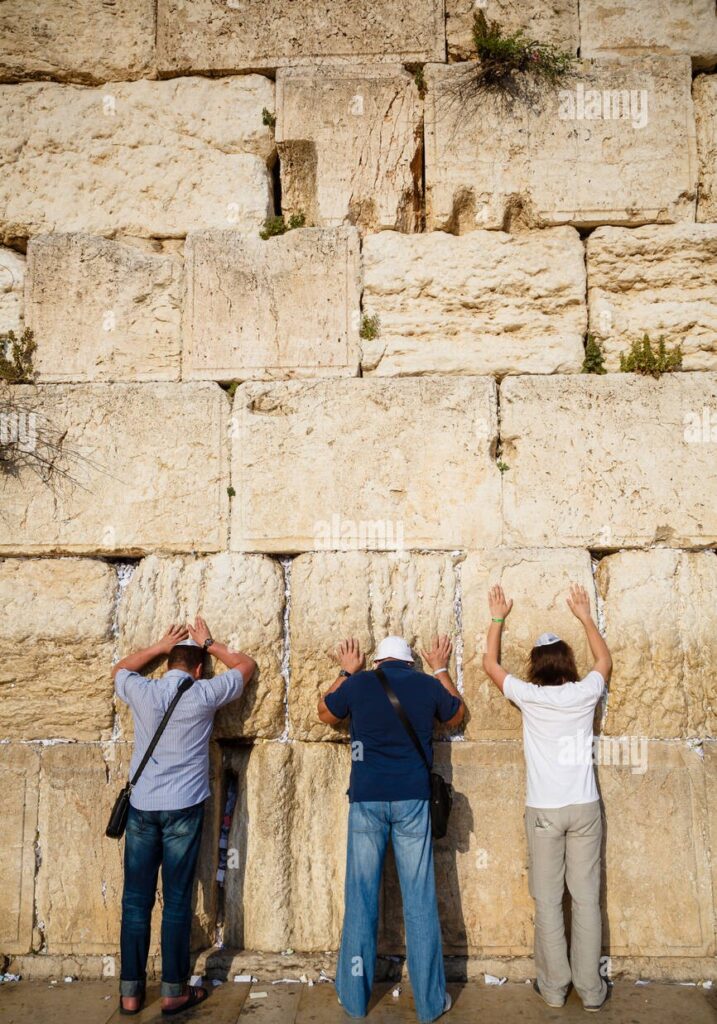
Conditions of Egypt Before the Advent of Judaism
Political Conditions of Egypt
Egypt hosted the world’s largest civilization, which the entire world knows well. Kings, called Pharaohs, ruled Egypt. Pharaohs held not only political power but also divine authority. Ministers, emirs, and local rulers managed administration under the Pharaoh.
Economic Conditions of Egypt
Egypt is located on the banks of the Nile River, which made its land fertile. Most of the land belonged to the Harpy. Egyptians actively traded or exchanged gold, oil, iron, spices, wood, and handicrafts. The public paid money in the form of taxes, which supported the royal treasury and religious worship.
___Read about oldest religion of world.
Religious Conditions of Egypt
Egypt was a great civilization with rich culture. Egyptians excelled in science and knowledge. Because of this, they invented methods to preserve the body, creating mummies thousands of years ago. This process represented a masterpiece of consumption. Art and craft flourished in Egypt. The pyramids of Egypt are the highest example of this excellence.
The people of Egypt were mostly polytheists. They worshipped many gods.
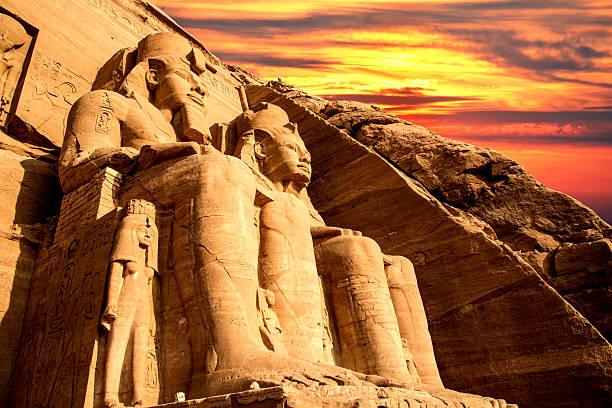
Ra
He was the god of the sun. Egyptians considered him the greatest god and gave him the highest status.
Osiris
He was the god of death and the afterlife.
Isis
She was the goddess of motherhood and magic.
Horus
He was the god of rule and victory.
The Pharaoh was also considered a god or son of God. Egyptians believed in life after death. Large temples existed in the city, and the people worshipped the gods there every day.
________Read about Buddhism.
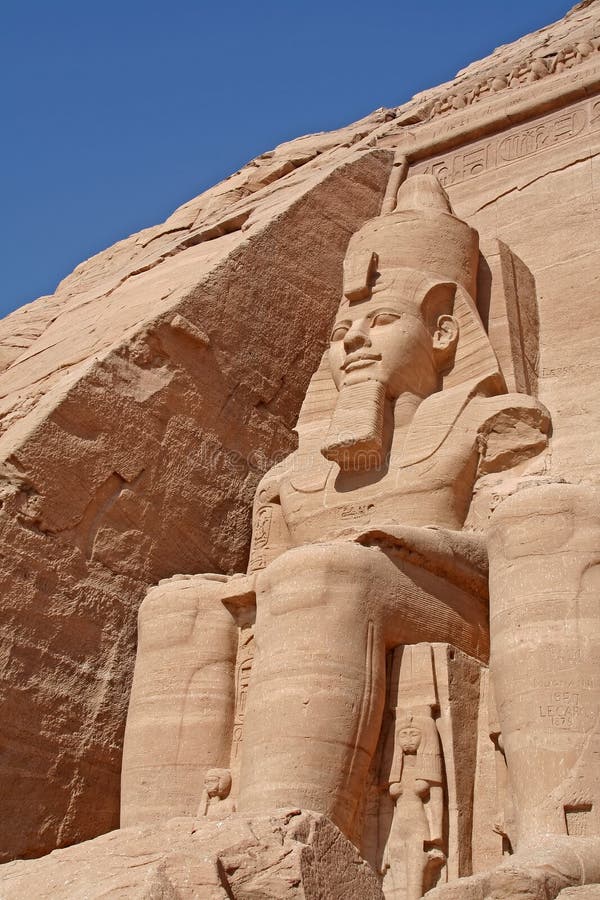
Conditions of Canaan Before Judaism
Political Conditions
Canaan largely remained under Egypt, controlled by the Pharaoh of that time. Egypt used the region for trade and military protection. Small states remained under Egyptian control. Local kings and chieftains managed internal politics. However, the chieftains were not free from the influence of neighboring civilizations. In other words, this region also faced political pressure from surrounding large civilizations. Consequently, the political conditions here were uncertain, similar to present times.
Economic Conditions
Canaan was a lush region, producing wheat, barley, olives, grapes, and other crops. Animal husbandry was a common employment source. Being on sea and land routes, it also served as a center for trade.
Cultural Conditions
People of Canaan wore long robes made of simple cloth. Women loved jewelry. Dance and music were part of their culture. The Phoenicians introduced the Canaanite alphabet, which they used to write their language. People celebrated great festivals during harvest time. Sometimes, they held festivals or sacrifices in memory of the dead.
Canaanite Religion
The people of Canaan were polytheistic. Their religion centered on nature and fertility. Each city had its own god, but major gods were common across all cities.
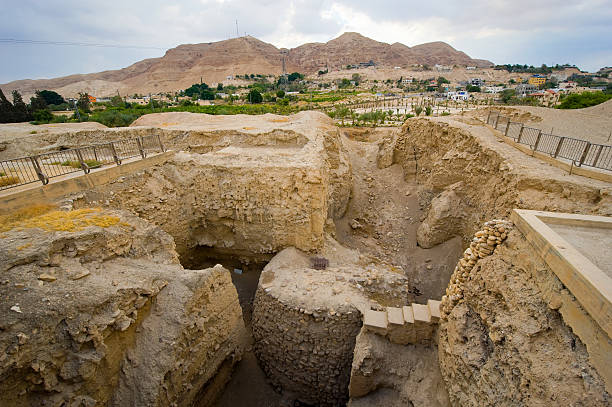
Main Gods of Canaan:
- El: Assam and the divine king
- Baal: God of rain, storms, and fertility
- Astarte/Ishtar: Goddess of love, beauty, fertility, and sexual rituals
- Mot: God of drought and famine
- Yam: God of the sea
During religious rituals, people commonly sacrificed animals. Sometimes, they offered grain, wine, and olive oil. On certain occasions, they even offered child sacrifices.
The Concept of One God in Egypt and Canaan Before Judaism
In Egypt, Pharaoh Akhenaten introduced the idea of monotheism. He preached worship of a god called Aten and forbade worship of other gods. Notably, even before Akhenaten, Egyptians had a concept of one god. The god Amon had superiority over other Egyptian gods and was worshipped above all. Although Egyptians did not reject other gods entirely, they gave them lesser importance. A similar situation existed in Canaan. The people worshipped many gods, but one god held supremacy over the rest.
The Message or Thought of Prophet Moses
Hazrat Moses rejected all other gods and taught worship of one God. He spoke out against the oppression of the Pharaohs. History records that educated classes supported him at that time. Some opinions suggest that only the Israelites supported Moses. These Israelites had migrated to Egypt during Prophet Joseph’s era, so they were not Egypt’s original inhabitants. Their support displeased Pharaoh, who opposed Moses, forcing him to migrate to Canaan. Some historians note that this migration represented the Israelites returning to their land from a foreign territory.
After arriving in Canaan, Prophet Moses rejected all previous Canaanite gods and taught acceptance of only one God. He moved people from polytheism toward monotheism. He rejected worship of a god of Judah. Some writers link the god of Naan with Judah, believing it to be the same entity, which later adopted a new name.
The Law of Moses
Prophet Moses introduced his new law, stating that God is one and should be worshipped alone. People should avoid idolatry, honor their parents, and refrain from murder, adultery, theft, injustice, oppression, and lying. They should not covet and must live a righteous life. Moses designated one day of the week for worship.
He reformed religious practices. First, he replaced child sacrifices with animal sacrifices, performed only in the name of Judah. He emphasized purity, cleanliness, and moral integrity for worship.
Reformed Social and Moral Principles
Moses promoted justice for needy. He aimed to end the oppression of slaves. All the communities and peoples were governed under the same law. He united the Communities of Canaan, strengthening them as a nation in the religious sphere, known as the Children of Israel.
Conflicts Arising From the Advent of a New Religion
New religious ideas and laws led to conflicts in Canaan.
1) Social Conflicts
The new ideas of Moses directly opposed traditional Canaanite society, which people could not accept. They protested on an ideological level. When Moses went to meet God on Mount Sinai, some people returned to worship their former gods.

2) Internal Political Conflicts
Kings and chieftains of Canaan opposed Moses’ ideas and laws fiercely. They actively used political and religious tactics against Moses and his followers.
Conditions in Canaan After Judaism
In Canaan, worship focused on one God, Yahweh or Jehovah. People rejected other gods and goddesses. The Shema became the foundation of Hebrew prayer, emphasizing the existence of only one God.
Temple and Worship
A tent, called the Tabernacle, was built for Jehovah’s worship. Later, during Solomon’s reign, it became a temple. Animal sacrifices continued for forgiveness of sins and thanksgiving, performed in Jehovah’s name. Grain and wine were also offered. These rituals initially linked to older beliefs, but over time they became unique to Judaism.
The Weekly Sabbath
One day of each week was dedicated to worship and complete rest. This practice was not part of local Canaanite beliefs but became a distinctive symbol of Israelite identity.
Jewish Festivals
Passover is an annual celebration that commemorates the Exodus from Egypt. Following this, the Feast of Unleavened Bread is observed immediately after Passover and continues the remembrance of this historic event. Additionally, the Feast of Aiquor is a harvest festival that honors agricultural abundance. Finally, the Feast of Sukkot involves living in tents temporarily to recall the Israelites’ life in the desert.
These festivals were influenced by Canaanite agricultural festivals but became associated with Yahweh, forming a core part of Judaism.
The Spread of Judaism
Judaism did not spread widely beyond Egypt, Canaan, and Sinai. Scholars explain this in multiple ways. One religious opinion holds that Moses’ laws applied only to the Israelites, limiting its reach. Another belief suggests that to be a Jew, one must be an Israelite by ethnicity, which further restricted the religion’s expansion.
Writer: GM Leghari

